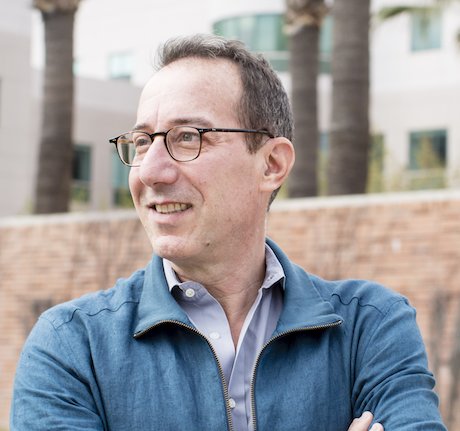Public Health in Extreme Events
Introducing the Public Health Extreme Events Research (PHEER) network, part of the NHERI CONVERGE community
Published on June 6, 2023
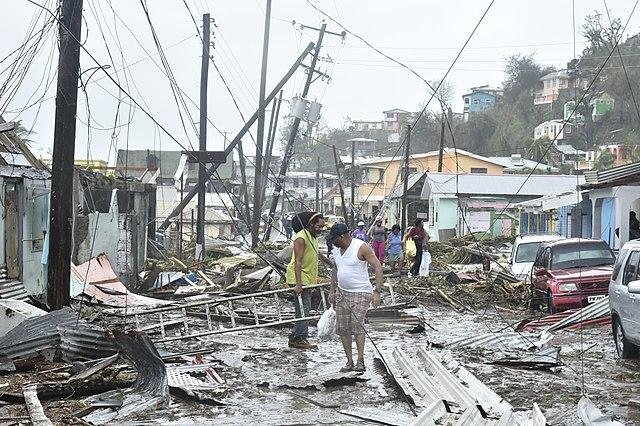
In 2017, Hurricane Maria significantly damaged key transportation, communication, and electricity infrastructure across Puerto Rico, which in turn exacerbated already challenged health conditions. (Image: Creative Commons, Text: KFF)
Events like the COVID-19 pandemic, increasingly frequent wildfires, heat waves, and hurricanes have led to widespread public health impacts — revealing a need for more systematic data. In response, public health experts from universities in four states are leading a new, federally funded effort to build capacity at the federal, state, and local level for fast and effective responses to public health crises: it's called the Public Health Extreme Events Research network, or PHEER.
PHEER is the most recent addition to the NHERI CONVERGE community of multidisciplinary extreme event research and reconnaissance networks.
Led by public health researchers, PHEER members are prepared to mobilize rapidly after natural hazard events, to use data for informing disaster research agendas and funding, and to advance the field of public health disaster science. PHEER's four co-leaders bring extensive experience dealing with the public health elements of multiple hazard types, ranging from hurricanes to oil spills to infectious disease outbreaks. The leadership team includes David Abramson (New York University), David Eisenman (University of California Los Angeles), Nicole Errett (University of Washington), and Jennifer Horney (University of Delaware).
"The goal here is bringing together a community of researchers and practitioners to build what will be a community-owned asset, in a sense, that works as such before, during, and after a crisis," says Jennifer Horney. Horney, an epidemiologist, responded to hurricanes Isabel, Charley, Katrina, Wilma, Irene, and Harvey to conduct rapid assessments of disaster-impact on public health of individuals and communities.
Public health in the field. Filling an important research gap, PHEER will serve as the coordinating platform for the public health disaster research community of practice. Like other CONVERGE EER teams, PHEER members deploy research missions after devastating events. In the field, they'll collect perishable data, such as healthcare and public health infrastructure assessments and community surveys — and support their colleagues in the affected region, learning and advising on community research priorities.
PHEER teams will work collaboratively with other EERs and NHERI facilities, for example to identify equipment needs with the NHERI RAPID and to curate data sets in the DesignSafe Data Depot repository.
"Our aim is to be able to move into the field quickly after a catastrophic event to collect perishable data on health and healthcare, and to help inform the science agenda and the funding priorities of federal agencies and philanthropies," says David Eisenman. Eisenman is a medical doctor and Fielding School of Public Health professor of community health sciences.
PHEER researchers will share data and disseminate findings with public health researchers, practitioners, and policy makers. The goal is to build the capacity of the public health disaster research workforce through real-life training, experiential learning, and mentorship.
"Over the past 20 years, we've missed opportunities to learn about the health impacts of disasters and the effectiveness of preparedness, response, and recovery strategies," says Nicole Errett, whose experience includes research into the aftermath of wildfires, hurricanes, and the COVID-19 pandemic. "PHEER is establishing plans and relationships so that we are ready to rapidly conduct rigorous, community-engaged research when a disaster strikes to help us to learn and improve," adds Errett.
"Public health disaster science is an evolving discipline, and PHEER will help build an evidence base," notes David Abramson, who has led large-scale population-based studies of natural hazards, technological hazards, and pandemics such as H1N1 and COVID-19, "Moreover, PHEER can also provide a peer-led platform for the public health disaster community of practice."
Joining the PHEER network. PHEER welcomes researchers and practitioners interested in understanding and ensuring the publics health after events like earthquakes, tsunamis, hurricanes, and wildfires. Students, emerging professionals, and BIPOC scholars are encouraged to join. All who are interested can join the PHEER network by completing the membership application.
Currently, PHEER is in the process of gathering feedback from public health experts from across the United States at a series of in person and virtual workshops, including most recently at the 2023 Preparedness Summit in Atlanta. Summit attendees included more than 2,000 public health disaster researchers, practitioners, and policy-makers.
Read more about PHEER, including its leadership team, goals, and membership process at the website: pheernetwork.org.
PHEER is made possible with seed funding from the Centers for Disease Control and Prevention's Office of Readiness and Response through an interagency agreement with the National Science Foundation.
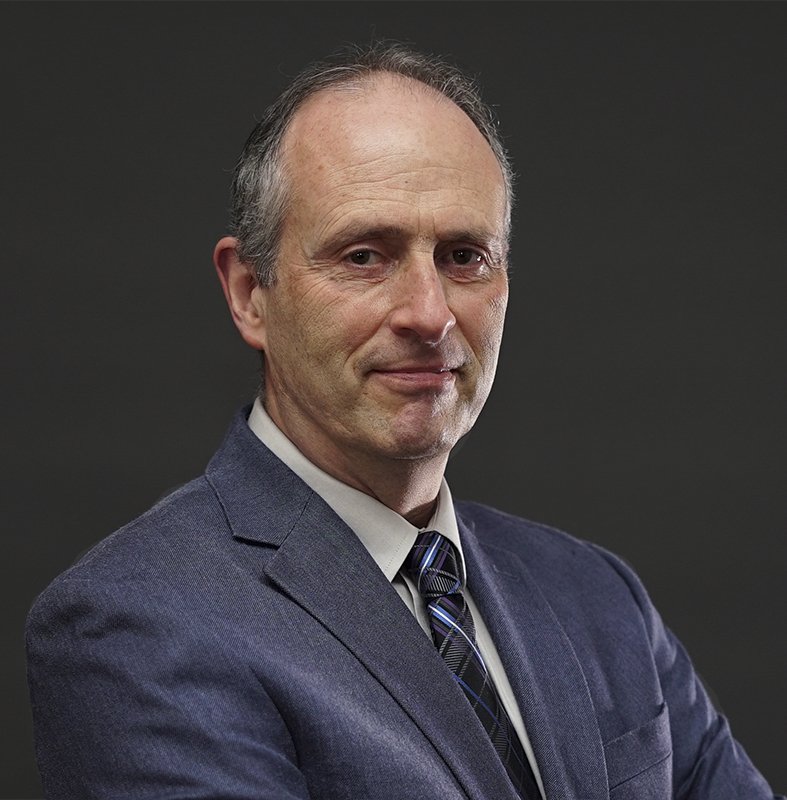
David Abramson, PhD, MPH
Clinical Associate Professor of Social and Behavioral Sciences, New York University
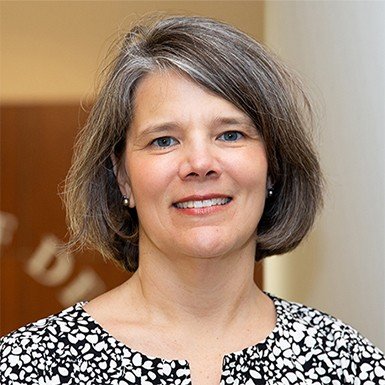
Jennifer Horney, PhD, MPH, CPH
Founding Director and Professor,
Epidemiology Program, University of Delaware
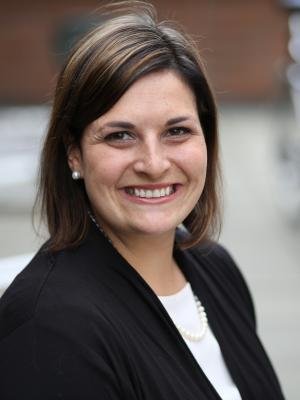
Nicole Errett, PhD, MSPH
Assistant Professor, Environmental and Occupational Health Sciences, University of Washington
